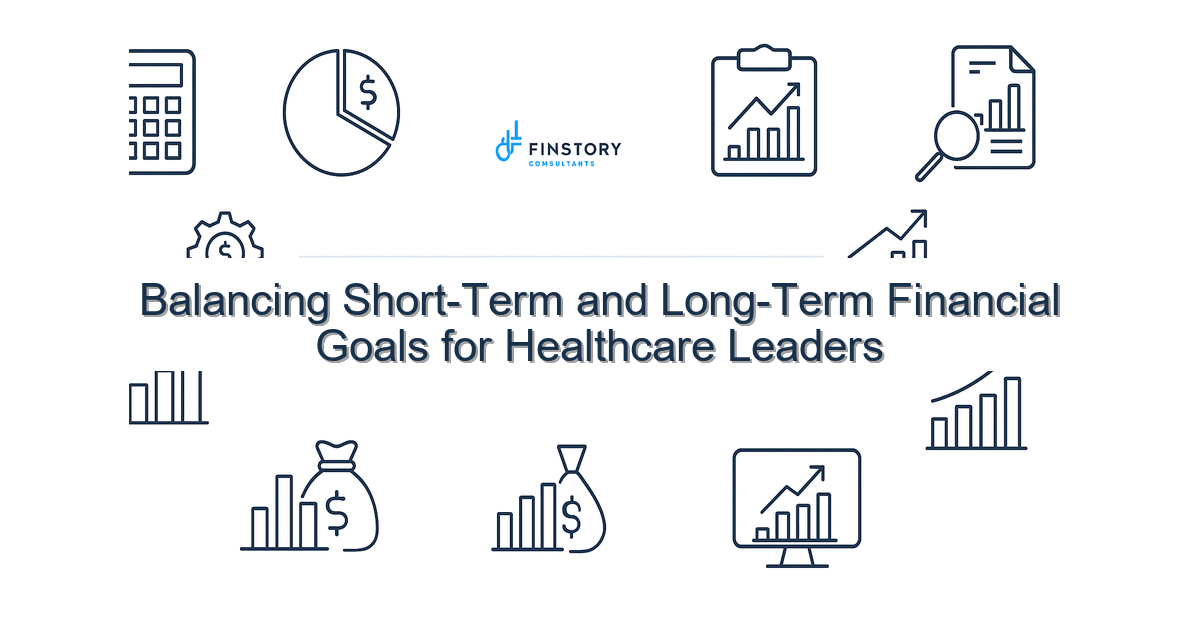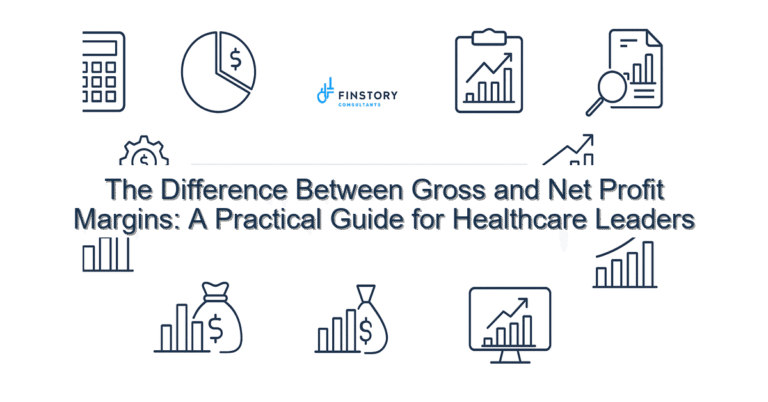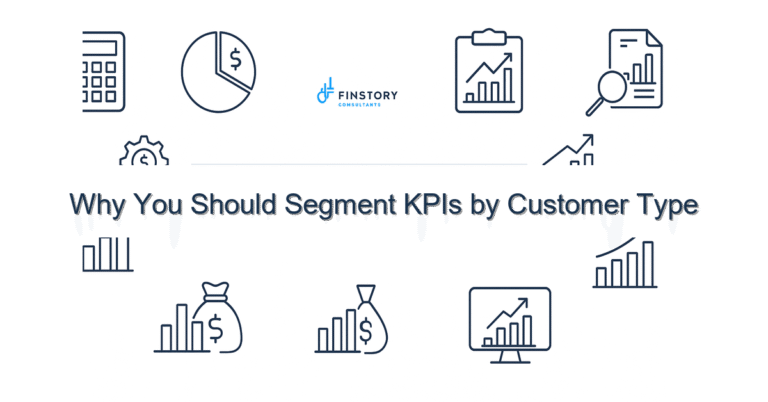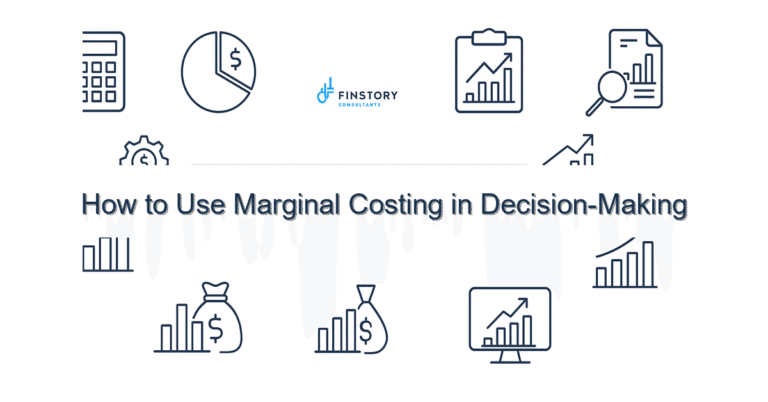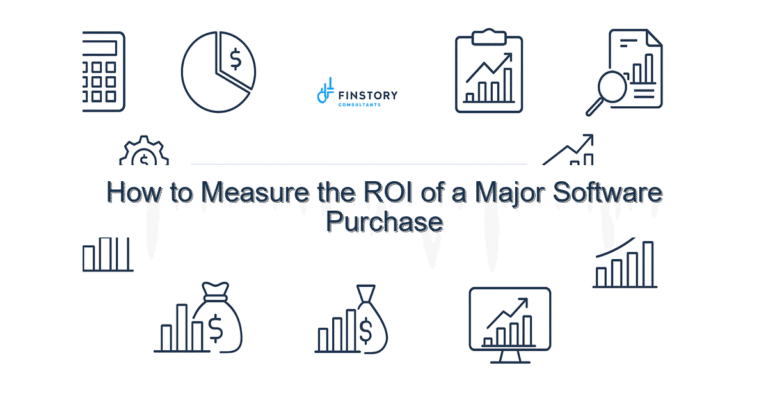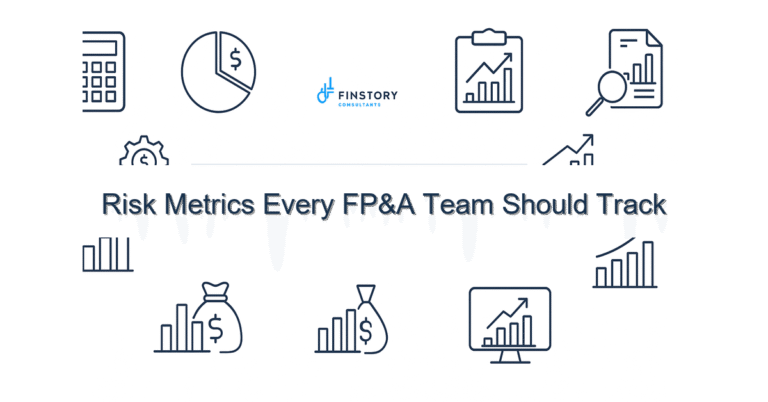Balancing Short-Term and Long-Term Financial Goals for Healthcare Leaders
You feel the tug every month: urgent operational demands on one side and strategic investments on the other. It’s exhausting and personal—because patient care and staff morale rest on those financial choices.
Summary: Balance short-term and long-term financial goals by aligning cash priorities with strategic investments using a simple 5-step framework. The outcome: predictable cash, protected margins, and funded transformation that improves care delivery.
What’s the real problem?
At its core, the issue is conflict in timing and measurement. Short-term pressures—cash, payroll, regulatory payments—compete with long-term needs like IT, facilities, and workforce development. Leaders juggle monthly targets while the organization needs multi-year investments to stay competitive and compliant.
- Symptoms: repeated budget rebaselining after every quarter of unexpected expenses.
- Symptoms: deferred maintenance or capital projects because current month cash looks tight.
- Symptoms: leadership debates that default to “we’ll decide next quarter,” delaying strategic execution.
- Symptoms: FP&A produces numbers, but operations say they’re not actionable.
What leaders get wrong
People mean well, but common missteps amplify the tension.
- Over-prioritizing immediate liquidity without modeling the downstream cost of delay—think emergency repairs that become capital-intensive failures.
- Treating forecasts as static documents rather than operational tools; they’re created for compliance instead of decision-making.
- Using blanket budget cuts to hit short-term targets, which erodes long-term capacity (staff training, preventive maintenance, EMR upgrades).
- Keeping finance siloed: operations and clinical leaders are not true partners in prioritization conversations.
A better approach
Think of balancing short-term and long-term financial goals as portfolio management. You wouldn’t put all funds in cash or all in illiquid investments; you balance risk, return, and timing.
Follow this 5-step framework:
- Define a two-horizon plan: a 12-month operating plan for liquidity and a 3–5 year strategic plan for investments.
- Create a rolling forecast updated monthly to reflect cash and operational drivers, not just revenue line items.
- Establish an investment gate: a simple rubric to score capital and strategic projects on clinical impact, cost avoidance, and payback period.
- Set reserve and contingency rules—clear thresholds that trigger actions so decisions are disciplined, not emotional.
- Operationalize decisions: align FP&A, controllers, and operations with a monthly prioritization forum that owns trade-offs.
Real-world story: A regional health system we advised was cutting training budgets to meet a short-term margin target. After instituting a rolling forecast and a project scoring rubric, they reallocated just 6% of discretionary spend to a targeted training program. Within 9 months clinician efficiency rose by 4%, reducing agency spend and improving capacity for elective procedures—payback occurred faster than the leadership expected.
Quick implementation checklist
- Draft a 12-month cash-focused operating plan this week (include payroll, supplier cadence, and major one-offs).
- Set up a monthly rolling forecast template (revenue drivers, volumes, pays, AR days).
- Create a one-page project scoring rubric (clinical impact, cost savings, strategic fit, payback).
- Define contingency thresholds (e.g., cash reserve = X days of operating expense).
- Schedule a 60-minute monthly prioritization meeting with finance, operations, and a clinical lead.
- Map 3 near-term cost-to-save opportunities (lab consolidations, supply contract renegotiation, staffing mix).
- Identify one capital project to re-evaluate against the rubric this month.
- Publish a simple dashboard for leadership showing cash days, forecast variance, and top 3 priorities.
What success looks like
Measure outcomes so the trade-offs are visible and repeatable.
- Forecast accuracy improves: variance to actuals falls from 6–8% to under 3% monthly.
- Cash coverage rises: maintain 30–60 days of operating expense as your target, depending on size.
- Decision cycle time shortens: prioritize and approve projects within 30 days, not quarters.
- Return on strategic investments: targeted initiatives achieve payback within expected windows (example: clinician workflow change yields 10% productivity gain in 6–9 months).
- Reduced emergency spend: unplanned capital events drop by 50% year-over-year.
Risks & how to manage them
- Risk: Overconservative cash hoarding that starves growth. Mitigation: Tie reserve levels to scenario-based needs and release excess to approved high-scoring projects.
- Risk: Forecasts that become guesswork. Mitigation: Use driver-based models (volume, payer mix, length of stay) and validate assumptions monthly with operations.
- Risk: Political priorities override objective scoring. Mitigation: Publish scoring outcomes and require written exceptions with financial impact assessments.
Tools & data
Leverage modern tools to make this practical. Finance automation reduces manual close time and frees your team to analyze. Power BI or similar visualization helps leadership see cash, margin, and project trade-offs in one view. Leadership reporting should combine operational KPIs (bed days, OR utilization) with financial KPIs so conversations are grounded in shared facts.
Suggested tools and integrations:
- Finance automation for close and consolidations—to increase accuracy and free bandwidth.
- Driver-based rolling forecast models (built in your FP&A tool or Excel initially).
- Power BI dashboards for leadership reporting and scenario comparison.
FAQs
Q: How do we decide what counts as short-term versus long-term spend?
A: Short-term focuses on the next 12 months and liquidity needs (payroll, supplies, immediate repairs). Long-term covers investments with multi-year impact (EMR upgrades, facility projects, workforce development). Use your two-horizon plan to categorize spend.
Q: What if our forecast accuracy is poor—should we stop forecasting?
A: No. Poor accuracy signals model or process issues. Start simple: align drivers with operations, shorten the forecast horizon, and increase update frequency. Forecasting is a learning process.
Q: How do we get clinicians involved without slowing decisions?
A: Invite clinician representation to the monthly prioritization forum and use the scoring rubric to keep discussions focused on impact and evidence. Limit decisions to a clear agenda and decision owner.
Next steps
If balancing short-term and long-term financial goals feels like a tug-of-war in your organization, you don’t have to settle for compromise by default. Start with a rolling forecast, a simple investment rubric, and one monthly governance forum to make trade-offs visible and accountable.
Contact Finstory to map your two-horizon plan and set up the right dashboards. We’ll help you balance short-term and long-term financial goals without sacrificing patient care or strategic momentum.
Work with Finstory. If you want this done right—tailored to your operations—we’ll map the process, stand up the dashboards, and train your team. Let’s talk about your goals.
Related reading: Rolling forecasting in healthcare, Finstory financial planning services, Operational cost controls for hospitals.
📞 Ready to take the next step?
Book a 20-min call with our experts and see how we can help your team move faster.
Prefer email or phone? Write to info@finstory.net
or call +91 44-45811170.
